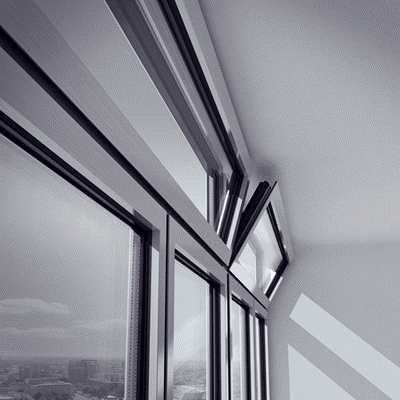Utilise life cycle costing principles for long term maintenance

Arens
Lowering expenditure through the use of natural ventilation systems is ideal. Fewer and less expensive components and construction types are some of the contributing factors that make natural ventilation the low-cost option for an improved indoor climate. Building life cycle cost, that is, the capital cost, operating cost and maintenance, is 5 times more cost effective with natural ventilation when compared with mechanical ventilation, and 2.5 times more cost effective with mixed mode ventilation. Natural ventilation also consumes less energy than a comparative mechanical ventilation system. Passive climate control provides the appropriate building elements for the sustainable and beneficial control of climate, whilst capturing and maximising the natural ventilation of air currents that cross through the building. Improved air circulation is the key to maintaining a tolerable climate, as moving air reduces humidity and discourages mould and odour. Remote control widow systems and ventilation control panels, which when used in conjunction with electric actuators can control the opening and closing of windows to achieve ideal conditions and can reduce energy consumption and associated costs.
Improving energy performance can significantly reduce the energy bill as well as allowing buildings to run more efficiently. In order to reduce heating and cooling loads, roof spaces should be well vented and ceilings thermally insulated. Where appropriate, walls should have good thermal mass properties which, when shaded in summer, keeps the building cool and when heated by the sun in winter, warms the building at night. Energy which is used for heating and cooling actually accounts for two thirds of a buildings total energy consumption.
